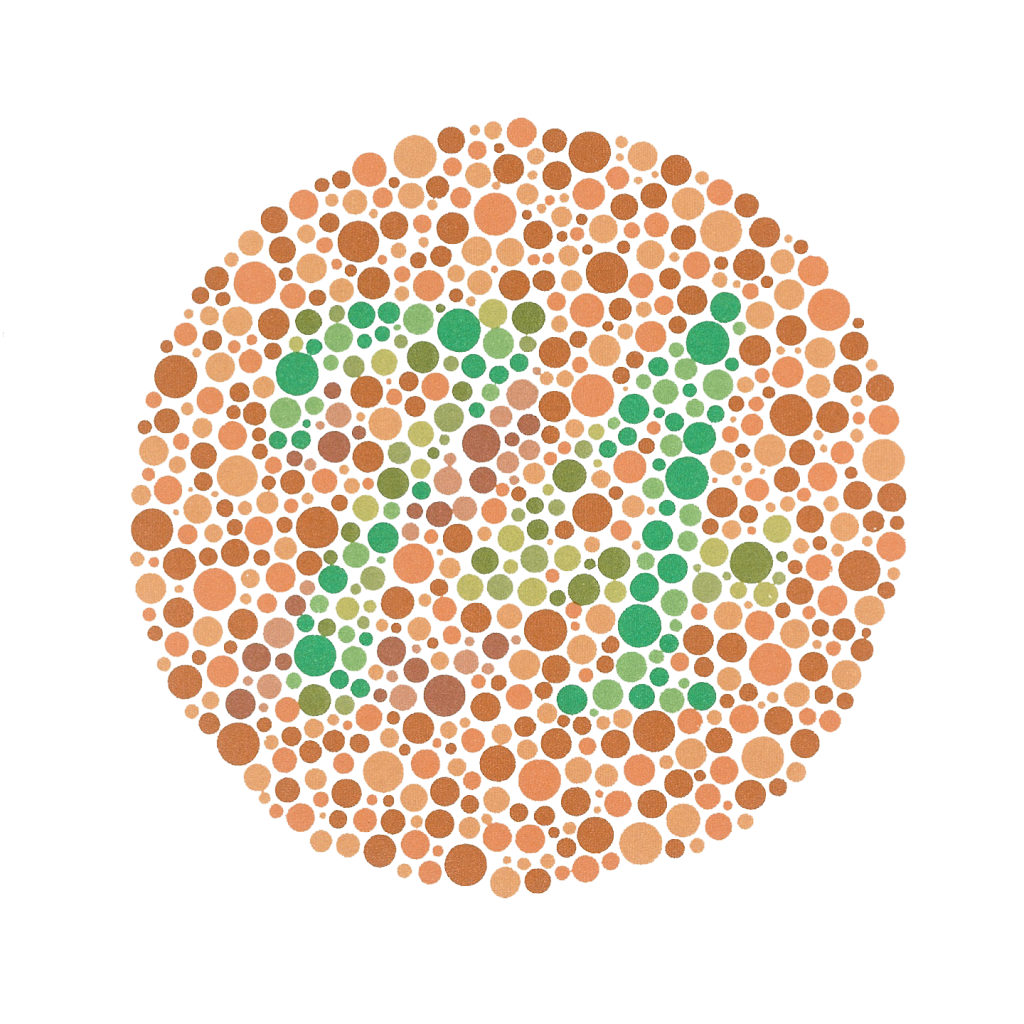Tumbling E Eye tests are like the regular eye tests you receive at the opticians in as much as the E’s are big at the top and gradually get smaller as you go down. The difference being, at the opticians, there are different letters on each of the lines and not just E’s.
The reason it is known as ‘Tumbling’ is that the E’s are facing in different directions. See below for an example of a tumbling E Eye Test.
How to set up Tumbling E Eye Tests?
Before the test is taken, you must ensure the testing room is set up correctly. The room must be bright enough – a minimum of 500lux with a maximum of 750lux. The random tests that are printed need to be a correct size – there is a line which needs to be measured and must measure 250mm (with only 5mm of error room) and the person having the test must hold the test sheet 400mm away (or within 25mm of that distance).
What happens during the Tumbling E Eye Test?
Once this is all satisfactory, the test can begin. If the person wears glasses when performing his/her day to day job, these should be worn for the test.
On each line, there are 5 E’s so they will go across each line and advise in which direction the E is facing. As per the diagram, it would be ‘up, right, down, left, up’. The person conducting the test will record how many out of 5 they got correctly on each line.
Ishihara Test For Colour-Deficiency
After this test, we are also required to carry out a colour vision test using the ‘Ishihara’s test for Colour-Deficiency’ book. The Ishihara test recording starts off with the tester opening the pages randomly and the person being tested is asked to read the numbers on the plates. They are also required to trace with their fingers a pattern from one side of the plate to another to further prove they do not have a colour deficiency.

All the information is recorded as either a ‘pass’ or a ‘fail’. The test is then passed to the NDT Level 3 Special Processes Auditor to review the tests and issue an inspection stamp where necessary.
Our Work on Tumbling E Eye Tests
As part of our contract with a local aerospace company, we are required to carry out Tumbling E Eye Tests. These tests are required for inspection staff in order for them to receive their inspection stamp, meaning they are certified to carry out inspections on aircraft. This became mandatory in January 2011 through the UK National Aerospace Non-Destructive Testing (NDT) Board’s decision.
FAQs
What is the Tumbling E Eye Chart?
An E chart (also known as a tumbling E chart) is an ophthalmological chart that is used to assess a patient’s vision. The chart is especially useful for patients who are unable to read the alphabet – for example, small children and also in cases where patients don’t speak English.
It works on the same principle as Snellen’s distant vision chart.
What is different about the Tumbling E Eye Test?
Patients are asked to identify which direction the ‘fingers’ of the letter E are pointing rather than reading out a variety of letters. The tumbling letter E is used in replacement of the whole alphabet.
Get in touch with us today to book your employees in for a Tumbling E Eye test or if you have any questions.
